City Planning Certifies Gowanus Rezoning, Kicking Off ULURP Process
Monday morning, a judge lifted a temporary restraining order, which allowed the project to go in front of the commission and enter public review.

Sketch of a possible view from 3rd Street. Image via NYC Department of City Planning
The Gowanus rezoning has officially entered the city’s ULURP process.
“Today is such an important and utterly exciting day, and one that the department and Brooklyn’s Gowanus community has been working toward for years,” DCP Chair Marisa Lago said at the beginning of a City Planning public hearing Monday afternoon. The rezoning, she added, is “an antidote to the status quo—a status quo that has long put wealthy, amenity-rich neighborhoods under glass and out of reach to many New Yorkers.”
A temporary restraining order had effectively paused the rezoning, which was originally scheduled to begin on January 19. The restraining order was the result of a lawsuit that is still ongoing, filed by opponents of the rezoning who argue that virtual meetings hosted by city planning go against the city’s own charter and need to be held in person before public review, known as ULURP, can begin.
Monday morning, a judge lifted the temporary restraining order, allowing the project to go in front of the commission.
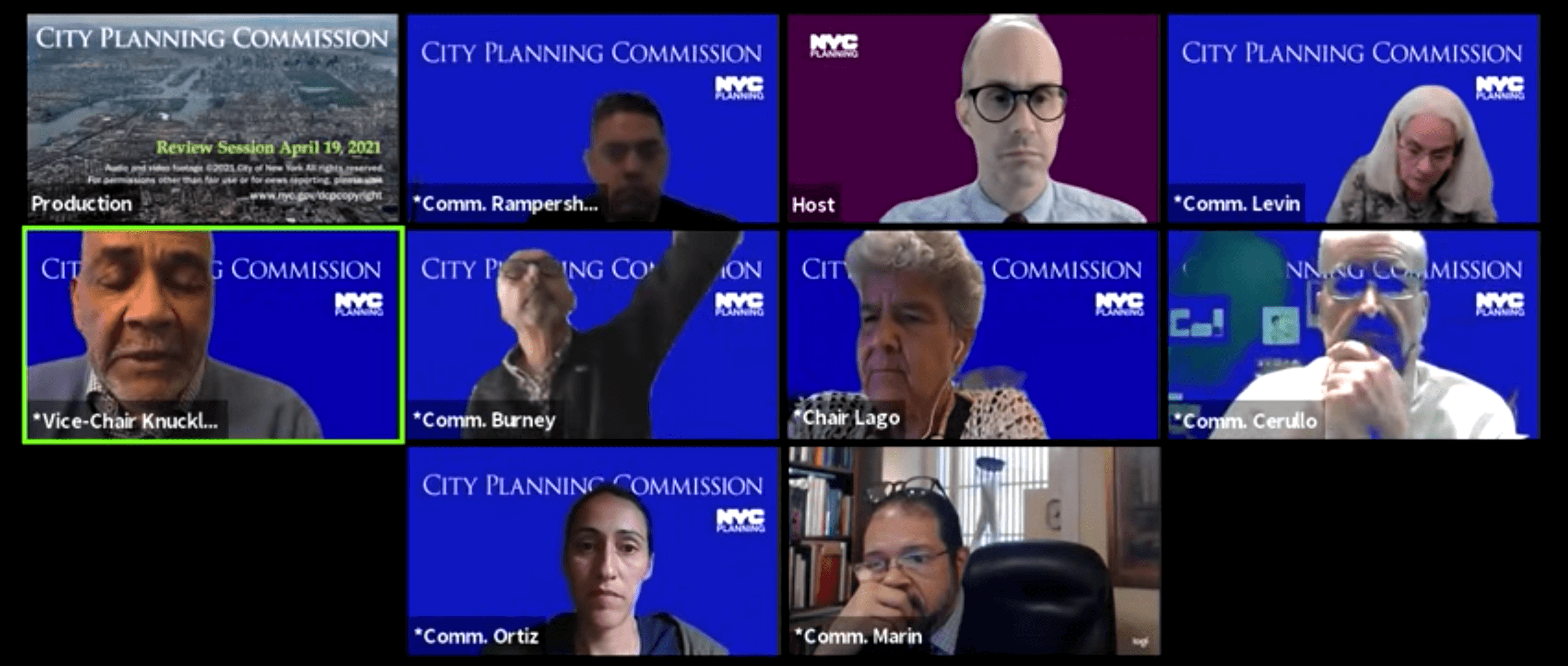
The controversial rezoning, which has been in the works for more than a decade and has drawn opposition from local residents, would allow residential development and towers as high as 30 stories along the polluted Gowanus Canal, a Superfund site now undergoing cleanup. The proposal also calls for higher density mixed-use development around Thomas Greene Playground and 3rd Avenue, as well as enhanced public access to the canal.
If the rezoning is approved, affordable housing under the city’s Mandatory Inclusionary Housing program will be required. City Planning has estimated some 3,000 technically “affordable” — income restricted and rent stabilized — units of housing and some 5,200 “luxury” apartments could be created by the rezoning. The restricted units will be aimed at a mix of low- and middle-income tenants, with incomes potentially ranging from 40 percent to 130 percent of Area Median Income. Exactly which of the four Mandatory Inclusionary Housing options will be required will be determined during the public review process.
In total, City Planning is projecting that the rezoning will bring 20,000 new residents to the historic and low-rise industrial neighborhood.
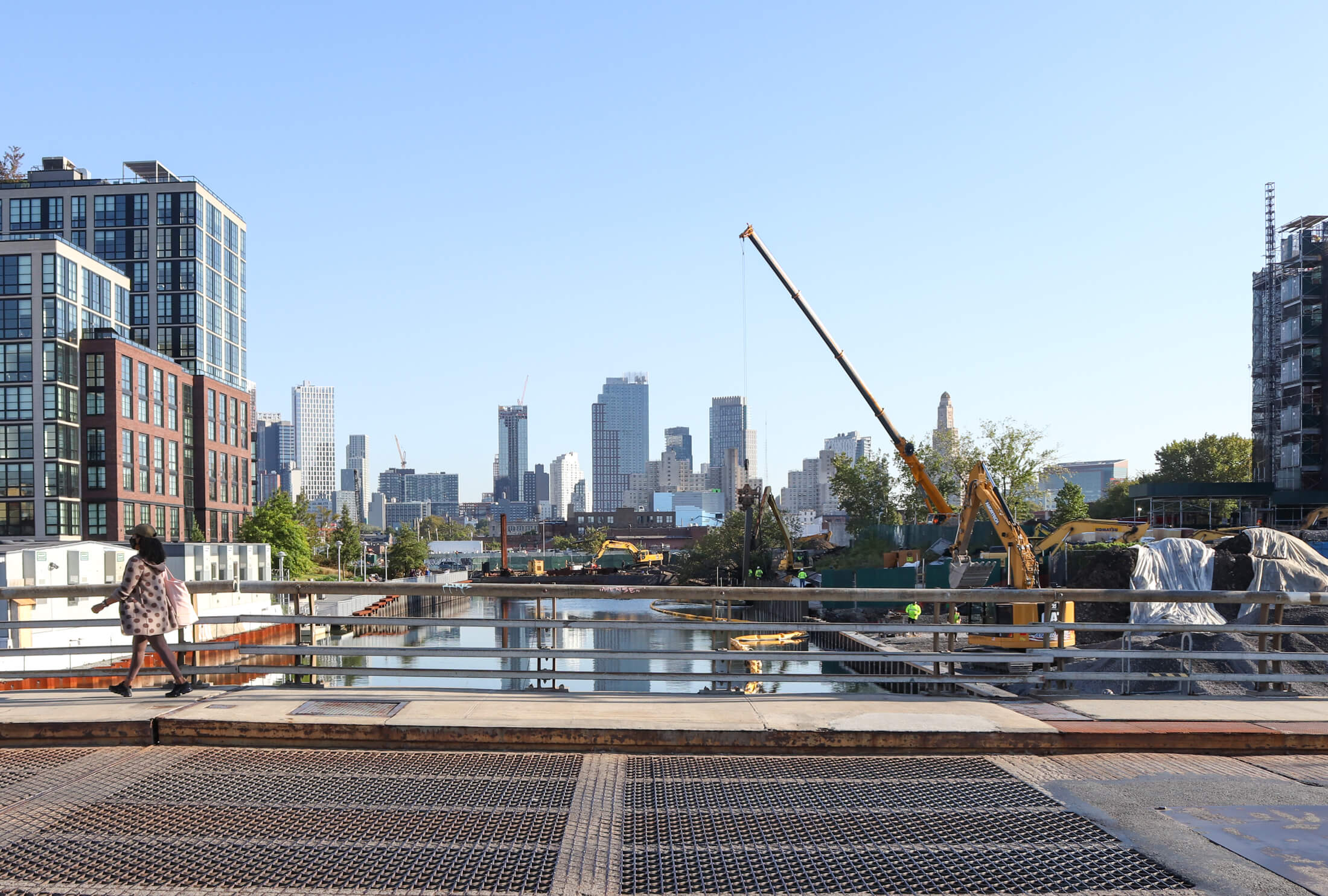
In exchange for more development, the rezoning includes a public access area running alongside the shore and water edges, along with upland connections and visual corridors to the canal via pedestrian walkways.
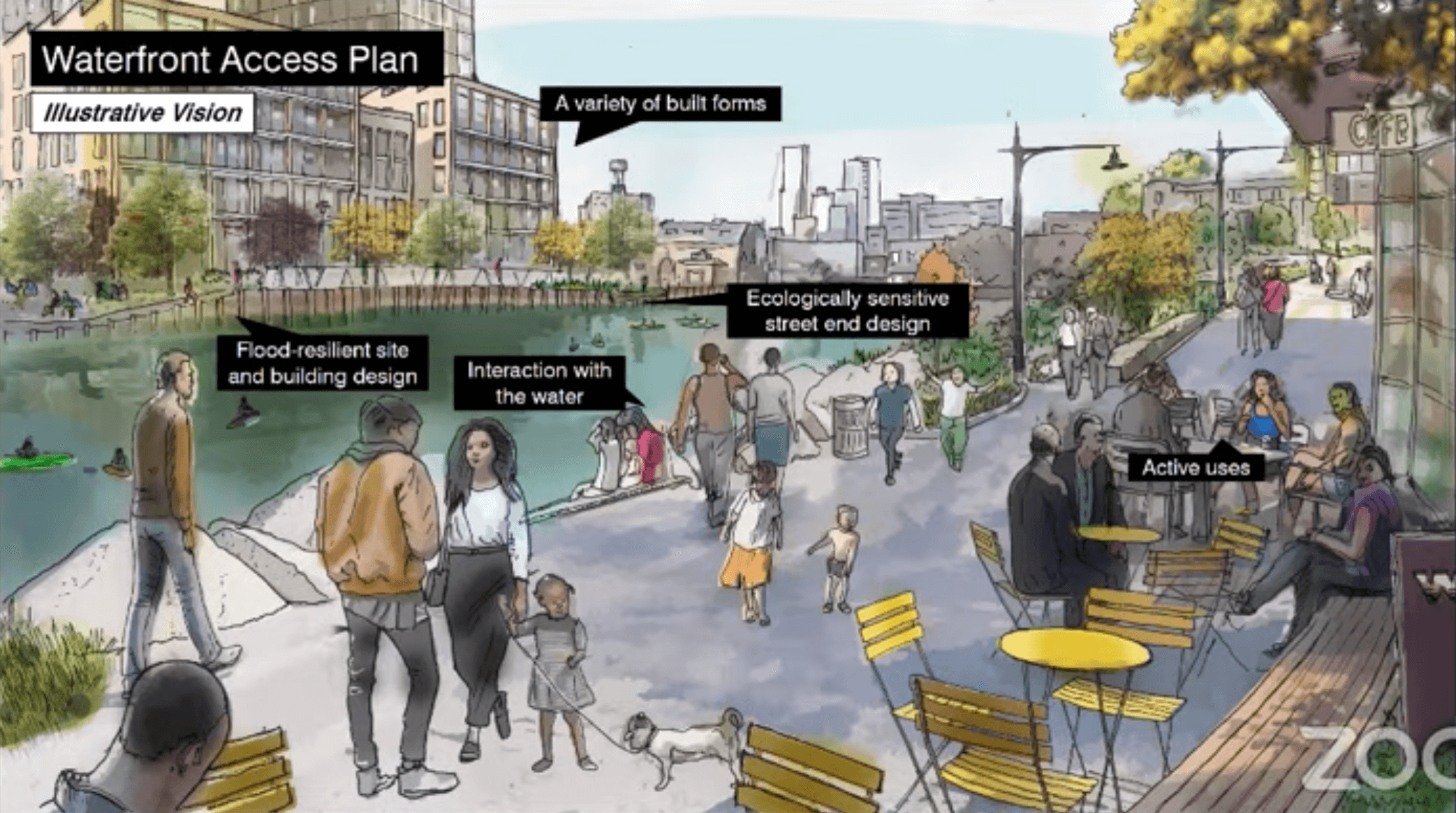
The city has been looking to rezone the area for over a decade, and City Planning released a proposal in 2008. During that time, many residents opposed the idea of allowing tall residential buildings along the canal.
As ULURP moves forward, one of the groups behind the lawsuit said they will continue to push for fully accessible public hearings.
“The lifting of the TRO was provisional and is contingent upon the city meeting certain requirements, which it has not yet done,” said Voice of Gowanus Attorney Jason Zakai in a prepared statement. “The court proceeding continues, and Voice of Gowanus will not waver in its fight on behalf of the community to ensure there is increased public participation, access and transparency at any ULURP public hearings on the massive and controversial Gowanus rezoning plan.”
Related Stories
- EPA and DCP Promise to Make Gowanus Green Affordable Housing Development Safe From Toxins
- City Lawyers Push for Gowanus Rezoning Lawsuit to Be Dropped After Mayor’s Executive Order
- How Many Truly Affordable Units Could the Controversial Gowanus Rezoning Actually Create?
Sign up for amNY’s COVID-19 newsletter to stay up to date on the latest coronavirus news throughout New York City. Email tips@brownstoner.com with further comments, questions or tips. Follow Brownstoner on Twitter and Instagram, and like us on Facebook.

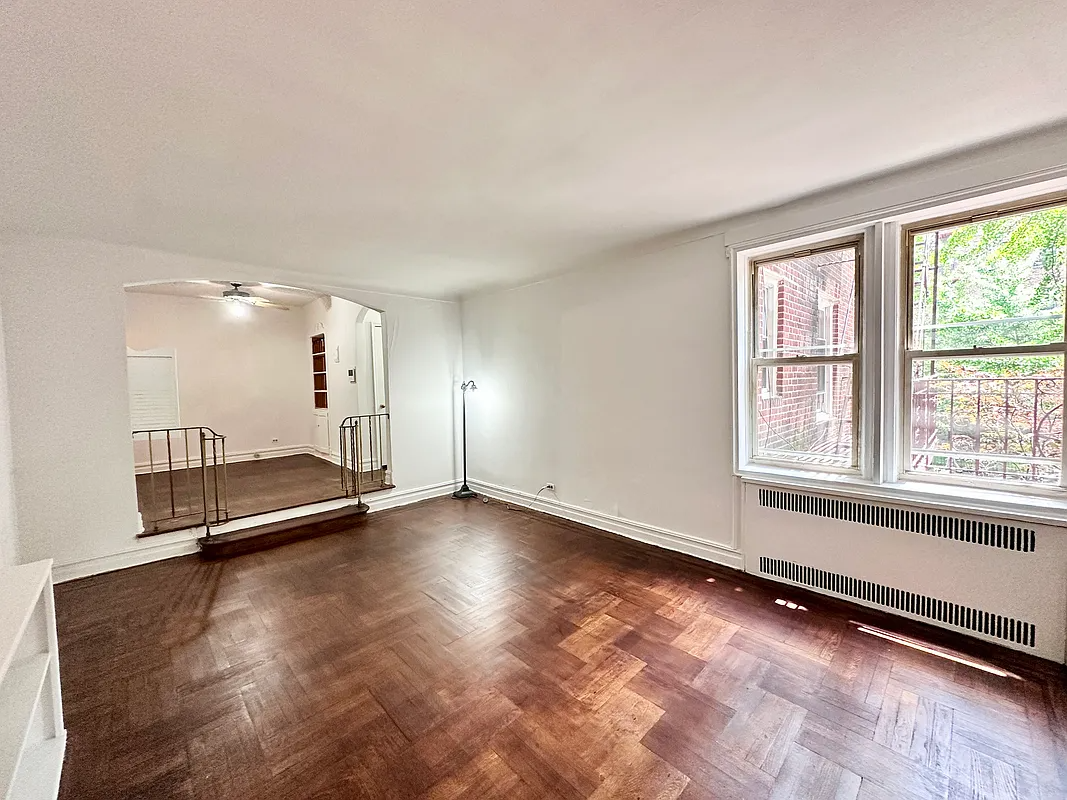

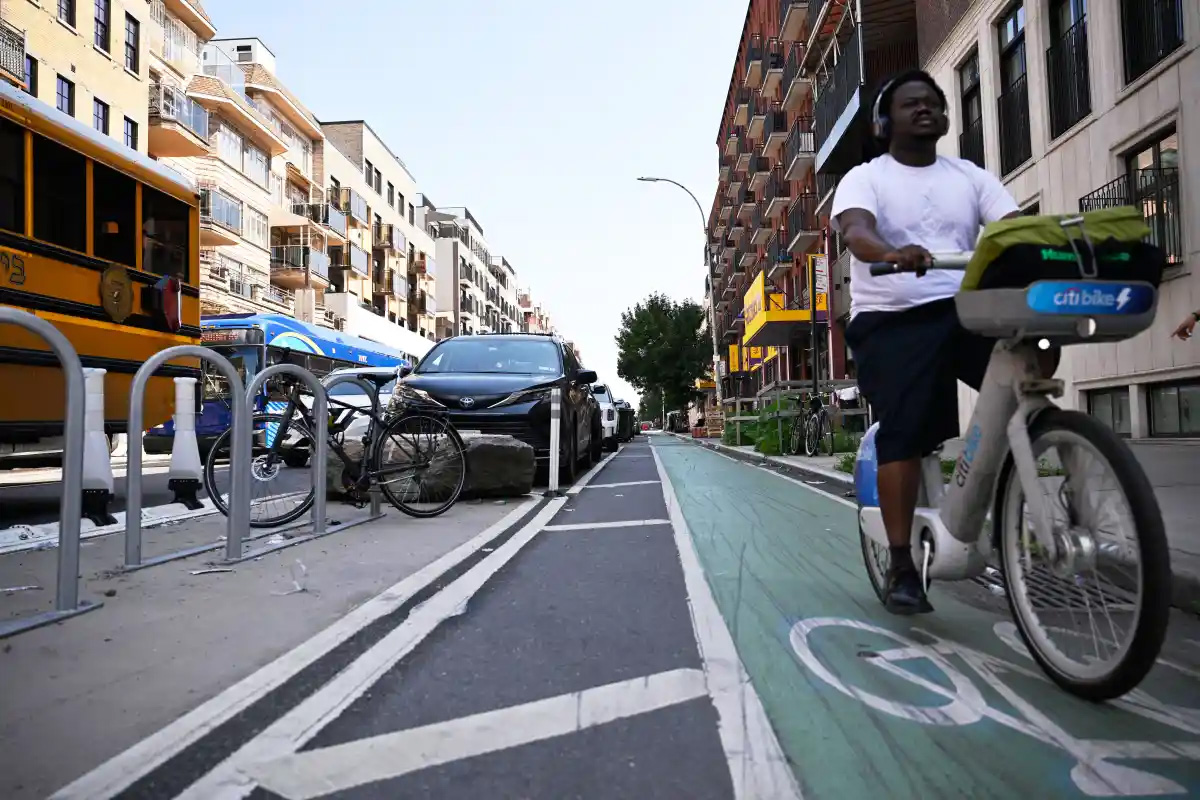

What's Your Take? Leave a Comment